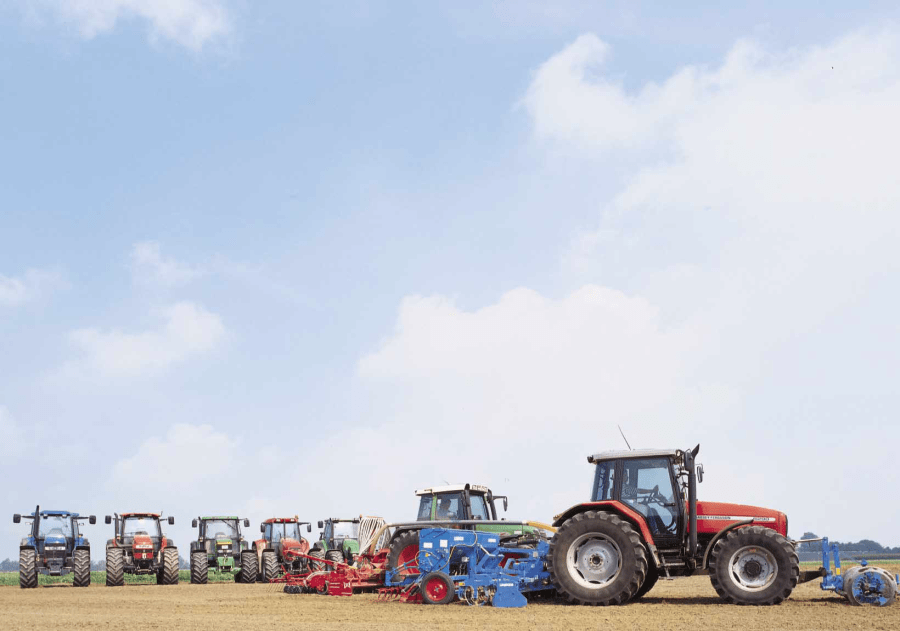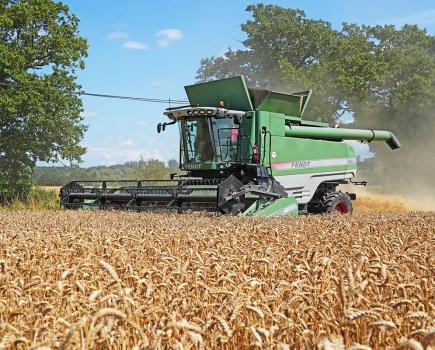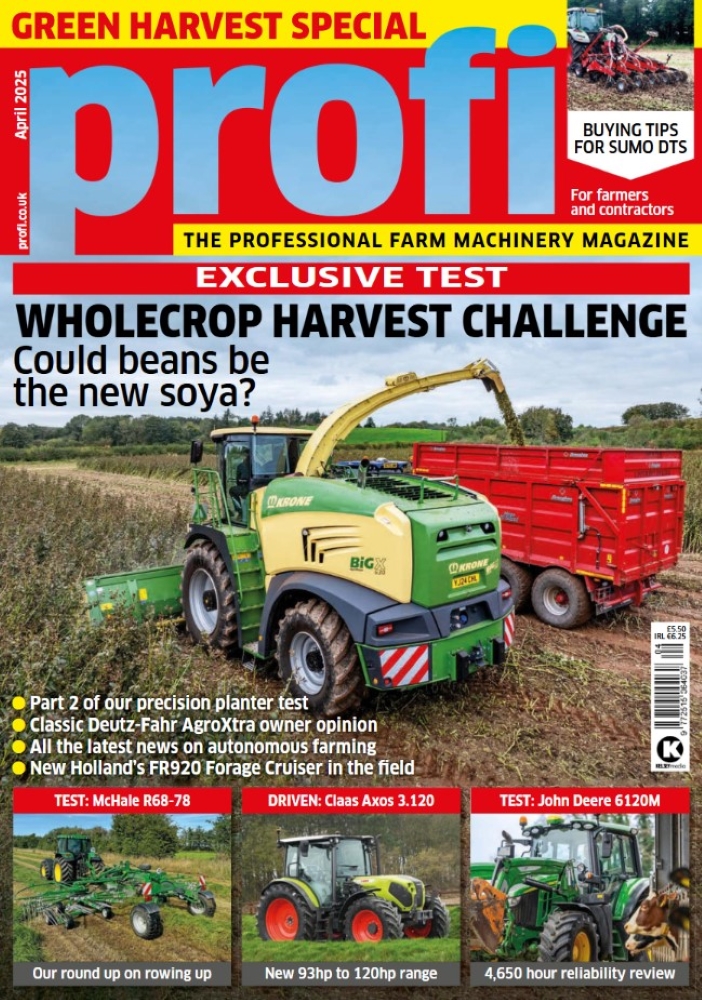Arrive at the headland, linkage up, pto and diff lock off, markers up, shuttle back and forth – today’s tractor drivers need hands and plenty of them. Most tractor makers now recognise the heavy headland burden placed on the operator and have developed ‘auto’ systems to ease the load. profi assesses the effectiveness of these headland management systems. Do they really improve the driver’s lot?
Beer swiller’s elbow, pheasant plucker’s wrist, keyboard tapper’s finger. In whatever format, Repetitive Strain Injury (RSI) can be a debilitating condition resulting from the persistent use of a joint or joints. Wrists and finger joints are particularly vulnerable, and for longterm sufferers the condition is certainly no joke.
So what has RSI to do with driving a tractor?
Well, when was the last time you counted the number of repetitive headland operations performed in a ten-hour day? We’ve done it and were staggered by the results. Sandwiched between a front packer and rear power harrow/drill combination, our test tractor required 18 different operator inputs when the headland management system was not in use. Assuming each headland turn takes about 20secs to complete, those 18 tasks mean that the operator is carrying out one movement per second. Hectic, to say the least.
The obvious answer is to combine and automate this multitude of tasks, as many of the tractor manufacturers now do. First step along the route to automation is auto diff lock engagement, which can be either linkage- (Case, John Deere, Massey Ferguson) or steering angle sensor-controlled (Deutz-Fahr, Fendt and Same). The steering angle sensors release the lock only when the tractor is going around a bend, whereas the linkage sensors disengage the diff as soon as the implement is raised.
To cover every option, New Holland opts for a combination of the two sensor systems – linkage sensors for when operating mounted kit, steering sensors with trailed implements.
For more up-to-date farming news click here and subscribe now to profi and save






